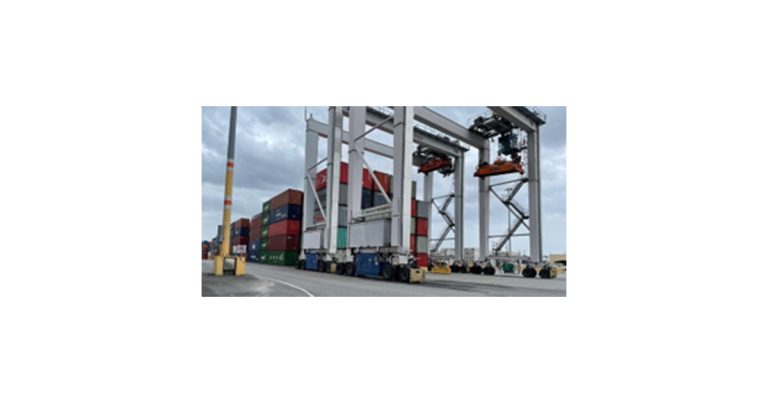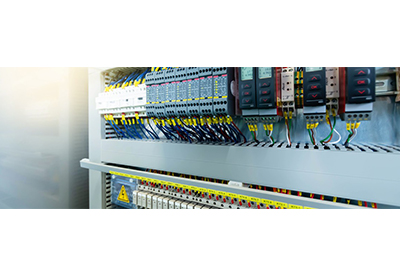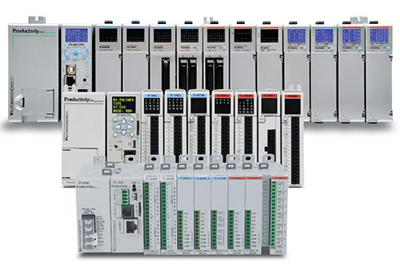How Can Power Supplies Contribute to CO2 Reduction?

May 9, 2022
By Max Hulsebusch, Editor, PULS
Increasing energy efficiency is a crucial factor in the fight against climate crisis. In this BLOG article you will learn how efficient power supplies can help to reduce CO2 emissions and why this also leads to financial advantages for companies.
Can a power supply contribute to environmental protection?
Successful protection of our environment starts small. In the industrial environment, modern power supplies can increase efficiency and avoid wasting energy. Especially in larger applications – such as logistics centers – where many power supplies are running 24 hours a day, there is a large potential for savings.
Power supplies convert AC voltage provided by the mains into the DC voltage required by systems and machines. During this process, a certain amount of energy is always lost in the form of heat. These losses are a form of wasted energy and cannot be avoided entirely. But they can be reduced to a minimum. For this reason, power supply developers try to keep the power losses as low as possible by developing an efficient power supply design.
Energy savings through high efficiency
An important indicator is the efficiency: The higher the efficiency of a power supply, the lower the power losses and thus the wasted energy. PULS achieves efficiency values of more than 95% with its DIN rail power supplies.
The meaning of this value becomes clear with a calculation example. If the efficiency is 95.2% (e.g. CP10.241 ), we see power losses of 4.8%.
For a power supply with 240W output power, the power losses between input and output would be 12.1W. These 12.1W are emitted in the form of heat.
It is a fact that every percentage point is really decisive when it comes to efficiency. If we reduce the efficiency in our example to 91% it becomes clear. 4.2% less doesn’t sound like much, but the resulting losses would be almost twice as high at 23.7W.
If you transfer this example to the total number of power supplies in an application and take into account the additional cooling required in the system, this has a significant impact on the CO2 balance.
Power supplies can reduce your CO2 costs sustainably
The German Umweltbundesamt calculates the real CO2 damage costs on a yearly basis. Based on 2021, one ton of CO2 causes environmental damage of €201.
Let’s continue the calculation example from above. Suppose 100 power supplies with an efficiency of 91% run 21 hours a day and 300 days a year. This operation takes place over 10 years. It results in wasted energy of 149,310 kWh.
Now the CO2 emission factor has to be taken into account. This factor describes the ratio of the mass of an emitted substance to the unit of energy produced.
For the year 2020, the Federal Environment Agency calculated as part of a study that the generation of one kilowatt hour of electricity causes 366 grams of carbon dioxide.
The wasted energy of the 100 power supplies with 91% efficiency – from our example – result in 54.6t CO2. If we multiply that with the emission factor we end up with CO2 costs of €10,975. For the sake of simplicity, we assume that the CO2 damage costs will remain stable over the 10 years – realistically speaking, they will rather continue to rise.
If we calculate the same example with the PULS power supplies, whose efficiency is 4.2% higher (95.2%), the CO2 emissions are already reduced to 27.9t. The costs therefore drop to €5,608.
In summary, the higher the efficiency and the longer the service lifetime, the lower the CO2 costs. Ecological and sustainable thinking therefore also pays off financially for companies.
Environmental protection has always been a priority at PULS
Environmental protection has always been an integral part of the PULS strategy. In March 2022, Bernhard Erdl, managing director, chief developer and owner, commented on this strategy in an interview with Markt&Technik.
With our efficient products, we have been helping our customers to achieve their own environmental goals for decades. As early as 2004, Bernhard Erdl explained in another interview:
“The best contribution to active environmental and climate protection is to avoid unnecessary energy consumption and to use resources responsibly. It is always cheaper to invest in CO2 avoidance than to repair the damage later on. This development is in line with the corporate philosophy that I have always followed at PULS.”
PULS is also continuously promoting this topic within its own company in order to further reduce its own CO2 footprint.
An example is the environmentally friendly burn-in test procedure at our production sites in the Czech Republic and China. This test helps us to identify and sort out defective devices before delivery. It is one puzzle piece to guarantee the high quality and reliability of our products. The devices are operated with nominal load at an ambient temperature of 60°C. Special heating cabinets are required to generate these high temperatures. Both the preheating of the cabinets and the operation of the power supplies require a lot of energy. PULS has therefore developed an innovative system of energy recuperation. This enables us to reuse more than 92% of the energy required for the test operation of the power supplies.
![]()











